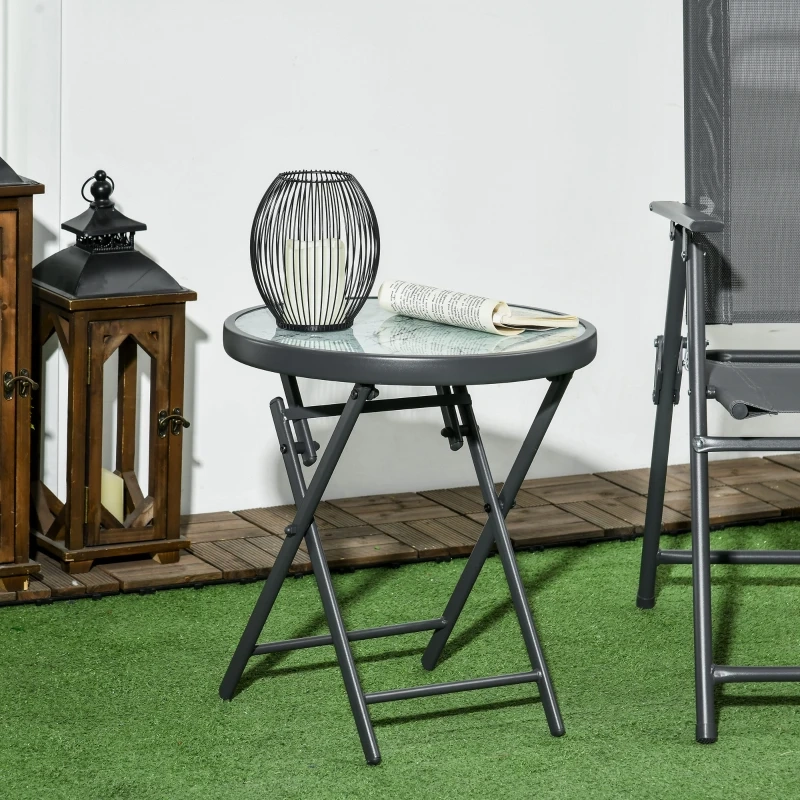Raised garden beds offer gardeners an effective way to optimize their growing space, improve soil quality, and enhance plant productivity. However, selecting the right depth for your raised garden bed is crucial for the health of your plants.
1. Why Raised Garden Bed Depth Matters
The depth of your raised garden bed plays a critical role in determining the overall success of your garden. A well-chosen depth ensures proper root growth, adequate water drainage, and efficient soil management. Here’s why depth is so important:
- Root Expansion: The depth directly impacts how well plant roots can expand. Shallow beds may restrict root growth, while deeper beds offer more room for roots to spread and grow strong.
- Water Retention & Drainage: A properly deep bed helps maintain the right moisture balance. It allows excess water to drain away while keeping moisture for plants that require consistent watering.
- Soil Quality: Depth helps maintain healthy, aerated soil, especially for deeper-rooted plants. It also prevents soil compaction, which is essential for plant health.
2. How Deep Should a Raised Garden Bed Be for Different Plants?
The ideal depth of a raised garden bed depends on the types of plants you’re growing. Here’s a quick reference to help you choose the right depth based on plant needs:
Shallow-Rooted Plants (6″-12″)
- Plants: Lettuce, spinach, herbs, radishes.
- Bed Depth: Shallow beds (6″-12″) are perfect for these fast-growing plants that don’t require deep root systems.
Medium-Rooted Plants (12″-18″)
- Plants: Carrots, beans, peas, kale, and small vegetables.
- Bed Depth: These plants thrive in beds that are 12″-18″ deep, offering enough room for moderate root growth.
Deep-Rooted Plants (18″-36″)
- Plants: Tomatoes, potatoes, squash, pumpkins, and root vegetables.
- Bed Depth: For plants with deep root systems, beds of 18-36 inches are essential for optimal growth.
| Plant Type | Root Depth Requirement | Recommended Bed Depth |
| Shallow-rooted | 12″-18″ (30-45 cm) | 6″-12″ (15-30 cm) |
| Medium-rooted | 18″-24″ (45-60 cm) | 12″-18″ (30-45 cm) |
| Deep-rooted | 24″-36″ (60-90 cm) | 18″-36″ (45-90 cm) |
3. Ideal Depth for Various Garden Spaces
The size and location of your garden will affect how deep your raised beds should be. Here are some considerations for different spaces:

Urban Gardens and Patios (12″-18″)
- Ideal for compact spaces like balconies or small patios.
- Best for shallow-rooted plants and small vegetables.
- Product Recommendation: The Outsunny 3.3′ Garden Raised Bed Planter is perfect for urban gardeners looking to maximize small spaces.
Backyards and Large Gardens (18″-24″)
- Suitable for a wider range of plants, including vegetables, herbs, and flowers.
- Ideal for more diverse gardening setups.
- Product Recommendation: The Outsunny Set of 2 Raised Garden Beds (18 inches deep) provides ample space for medium-rooted plants.
4. Raised Bed Depth for Specific Plants

Shallow-Rooted Plants (6″-12″)
- Herbs, lettuce, spinach, and small flowers thrive in shallow beds. These plants don’t require much soil depth for their roots to establish.
Medium-Rooted Plants (12″-18″)
- For vegetables like carrots, beans, and tomatoes, 12 to 18 inches will allow roots to spread without excessive depth.
Deep-Rooted Plants (18″-36″)
- Root vegetables like potatoes, squash, and pumpkins need 18+ inches to grow successfully. Additionally, large flowering plants and trees may require these deeper beds.
5. Understanding Soil Quality and Drainage in Raised Beds

Soil Quality
Deeper raised beds provide more room for better soil mixing. You can layer soil with compost, topsoil, and organic material to promote plant growth and root expansion.
Drainage Considerations
Proper drainage is essential for preventing root rot. For wet climates, deeper beds (18 inches or more) provide optimal water flow, while for dry areas, shallower beds help retain moisture for longer periods.
6. How to Maximize Water Retention and Minimize Drainage Issues
- Deep Beds (18”-24”): They provide better water retention, keeping the soil moist for longer periods, especially beneficial in dry climates.
- Shallow Beds (6″-12″): While they allow for good drainage, they dry out faster, requiring more frequent watering.
7. Material Considerations for Raised Beds
When selecting materials for your raised garden bed, consider the depth and the material’s ability to support the bed structure over time. Here are common materials and their benefits:
Wooden Raised Beds

- Pros: Affordable, natural, customizable.
- Cons: Requires maintenance and sealing to prevent rotting.
- Best Depth: Ideal for shallow to medium depths (6”-18”).
Metal Raised Beds

- Pros: Durable, rust-resistant, low maintenance.
- Cons: Can heat up quickly in direct sunlight, potentially affecting soil temperature.
- Best Depth: Perfect for deeper beds (18”-36”).
Metal raised beds are a great option for those looking for a sturdy and long-lasting solution. They offer ample space for plants and provide good drainage, helping plants thrive. However, it’s worth noting that they can heat up in the sun, which could affect the soil temperature. T
Plastic Raised Beds

- Pros: Lightweight, affordable, low-maintenance.
- Cons: Less aesthetically pleasing.
- Best Depth: Ideal for shallow to medium beds.
Stone or Concrete Beds

- Pros: Long-lasting, stylish, great for permanent garden setups.
- Cons: Expensive, heavy, and requires professional installation.
- Best Depth: Excellent for deep beds (24”+).
Aosom Product Recommendation:

Best Raised Bed for Medium-Rooted Plants: For gardeners looking for a long-lasting, rust-resistant option, the Outsunny 8′ Galvanized Raised Bed offers 18 inches (45 cm) of depth—perfect for most vegetables. With a perfect depth of 18 inches, it’s ideal for most medium-rooted plants. The open-bottom design allows for proper water drainage, promoting healthy root growth, while the smooth edges ensure safety during assembly. It’s easy to put together and ready for planting right away!

Best 2-Tier Raised Garden Bed: The Outsunny Wooden Wagon Planter Box is a great choice for gardeners looking to maximize space. With its 2-tier design, it’s perfect for growing vegetables, flowers, and herbs in a compact area. The sturdy wooden structure adds a rustic touch to your outdoor space, while offering enough room for multiple plants. Whether you’re a beginner or an experienced gardener, this planter box is a functional and stylish addition to any garden.
8. Accessibility Considerations for Gardeners

For those with mobility challenges, such as seniors or individuals in wheelchairs, selecting the right raised bed height is crucial.
- Height for Wheelchair Users: 24”-36” is ideal, as it reduces the need for bending.
- Height for Seniors: 18”-24” provides easy access while allowing enough depth for various plants.
9. Filling Your Raised Bed: Soil Tips and Layering Techniques
- Layering: For deeper beds, consider filling the bottom with organic matter like compost, sticks, or leaves to reduce the amount of topsoil needed.
- Soil Mix: Use a balanced soil mix that includes compost, topsoil, and organic materials to ensure good root health.
10. Maintenance and Care for Deeper Raised Beds

Soil Compaction
Deeper beds can experience soil compaction over time, especially if the soil isn’t aerated properly. Regularly turning the soil and adding organic matter will help maintain its quality.
Replenishing Nutrients
Top up the soil every year with compost or other organic fertilizers to replenish nutrients that plants deplete.
11. Common Mistakes to Avoid When Choosing Raised Bed Depth

1. Ignoring Root Depth Needs
Always choose a depth based on the root system of the plants you want to grow.
2. Insufficient Drainage
Deeper beds may require a drainage layer (gravel or sand) at the base to avoid waterlogging, especially in heavy or clayey soils.
3. Overbuilding
Deeper raised beds can increase costs. Make sure you only build to the necessary depth for your plants.
12. Frequently Asked Questions (FAQ)
Still have questions? Here are some common concerns gardeners face when choosing a raised bed depth:
Q: What is the best depth for a raised garden bed?
A: 12″-18″ is ideal for most vegetables, but deeper beds (24″+) are necessary for root vegetables like carrots and potatoes.
Q: Can I place a raised garden bed on concrete?
A: Yes, but make sure the bed is at least 18 inches deep, and include a proper drainage layer (gravel or sand) at the base.
Q: How do I fill a deep raised bed?
A: Use layering techniques such as adding logs or compost at the bottom to reduce soil costs while improving drainage.
Q: Do deeper beds require more maintenance?
A: While deeper beds retain moisture longer, they may require structural reinforcement to prevent bowing over time. Regularly check for soil compaction and replenish nutrients as needed.
Q. Is it better to have a deeper raised bed in colder climates?
Yes, deeper raised beds (18″-24″) retain heat better, helping extend the growing season and protect roots from frost by providing better insulation against cold temperatures.














